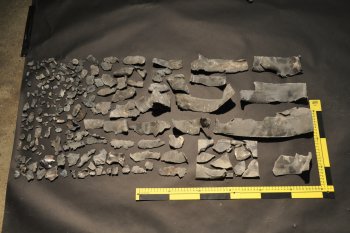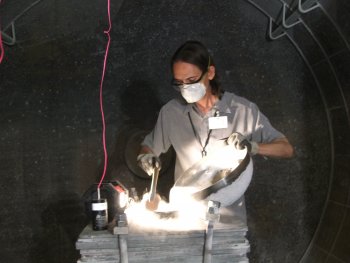bladegrinder
Well-Known Member
I see literally TONS of scrap pipe either dumped in the can or sold to recyclers every year for one good reason....it's worthless.
the pipe we use in our natural gas system was made for one purpose....carrier pipe. it requires a certain hoop stress rating, and if used for a state job it has to be made in the USA. that's it.....it's carrier pipe. it's not made for any other purpose.
This idea of somehow incorporating not only pipe steel but exploded pipe into making a knife is actually blasphemous to the cutlery industry, although you may find some fine Pakistani gent that will happily marry some scrap pipe with a car bumper to make some ebay Damascus.
Actually your pipes are worth more in one piece as a quench tank then blown to smithereens.
I think everyone here is telling you your beating a dead horse. it's garbage, toss it and move on.
Now if you want to sell some of those explosives I might be interested.
the pipe we use in our natural gas system was made for one purpose....carrier pipe. it requires a certain hoop stress rating, and if used for a state job it has to be made in the USA. that's it.....it's carrier pipe. it's not made for any other purpose.
This idea of somehow incorporating not only pipe steel but exploded pipe into making a knife is actually blasphemous to the cutlery industry, although you may find some fine Pakistani gent that will happily marry some scrap pipe with a car bumper to make some ebay Damascus.
Actually your pipes are worth more in one piece as a quench tank then blown to smithereens.
I think everyone here is telling you your beating a dead horse. it's garbage, toss it and move on.
Now if you want to sell some of those explosives I might be interested.



